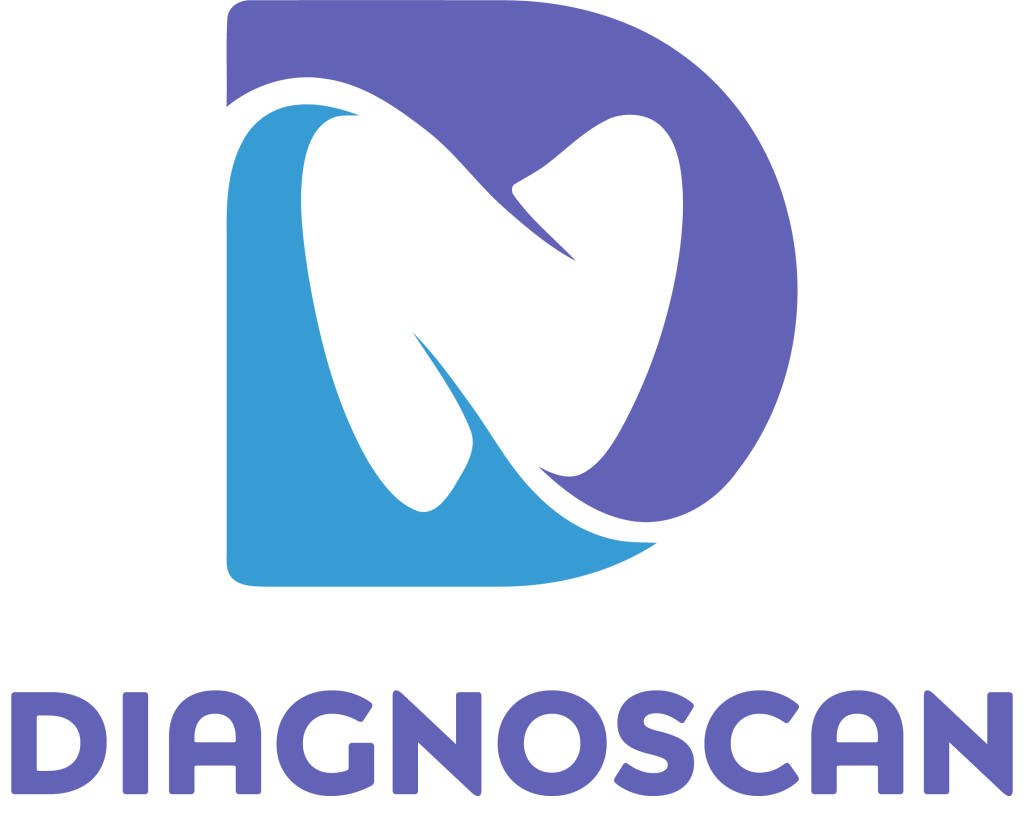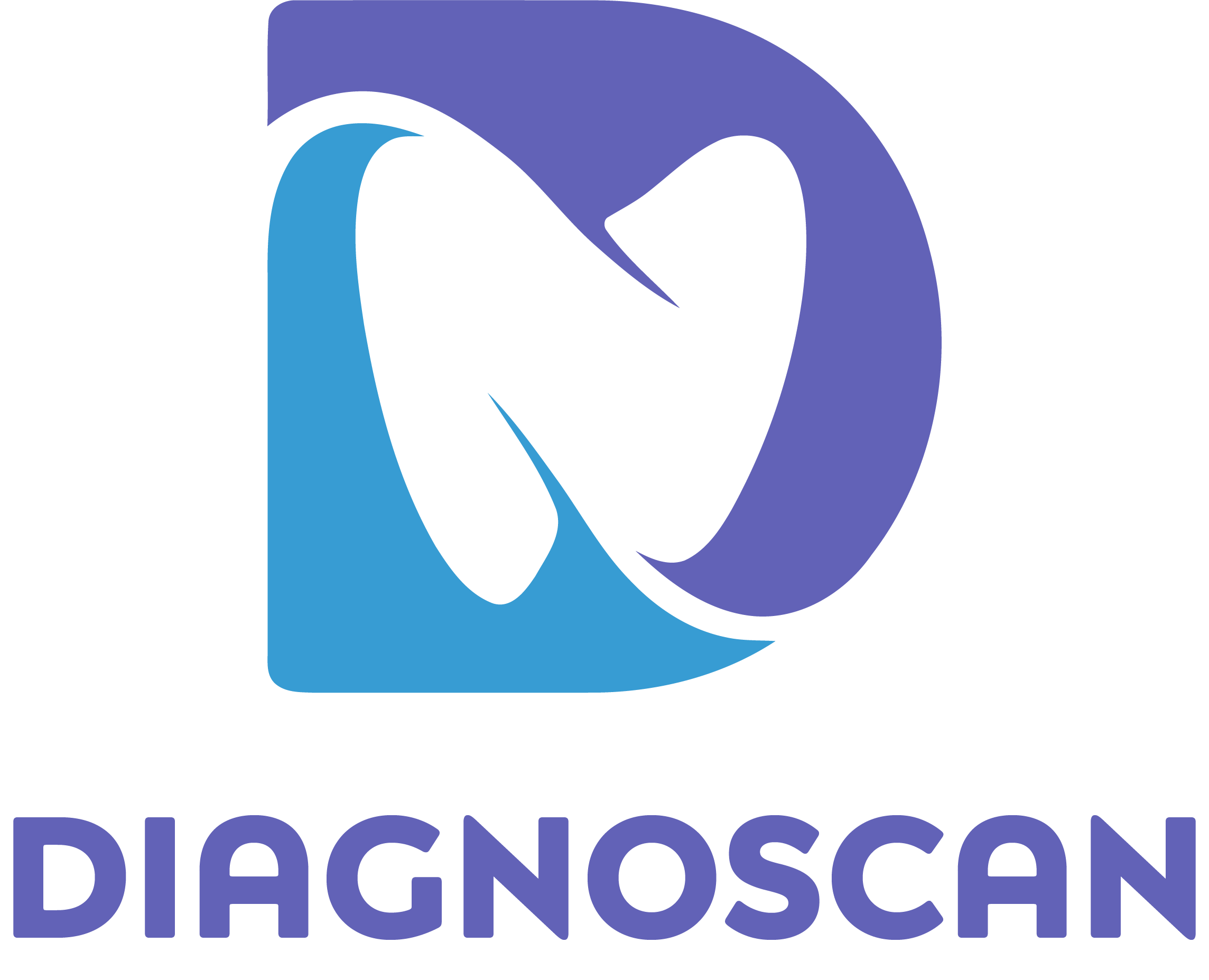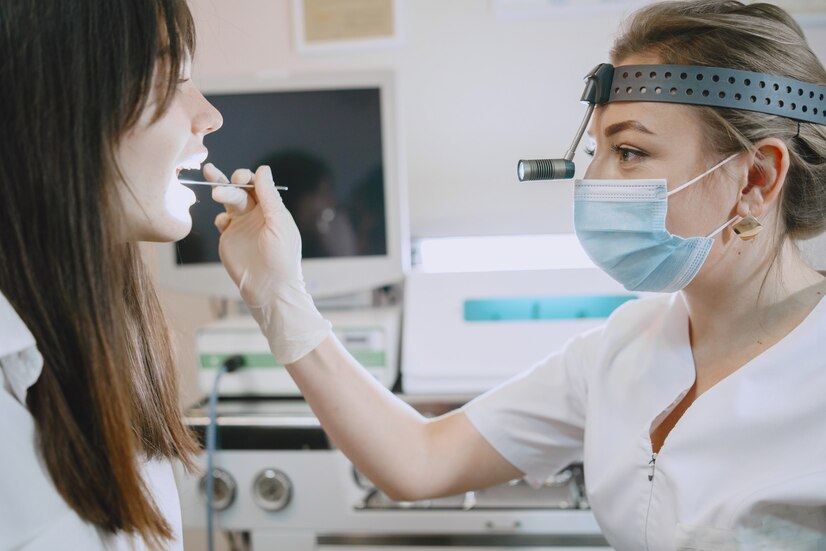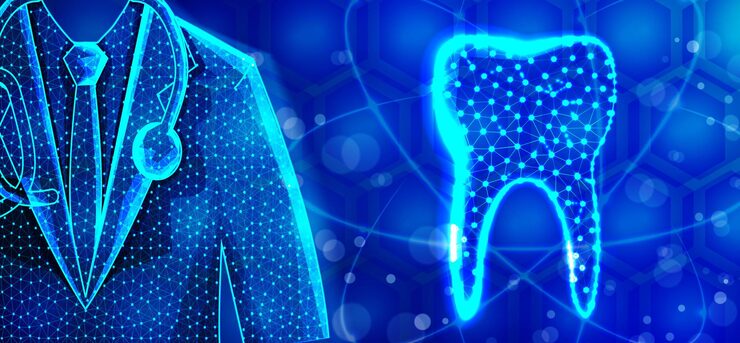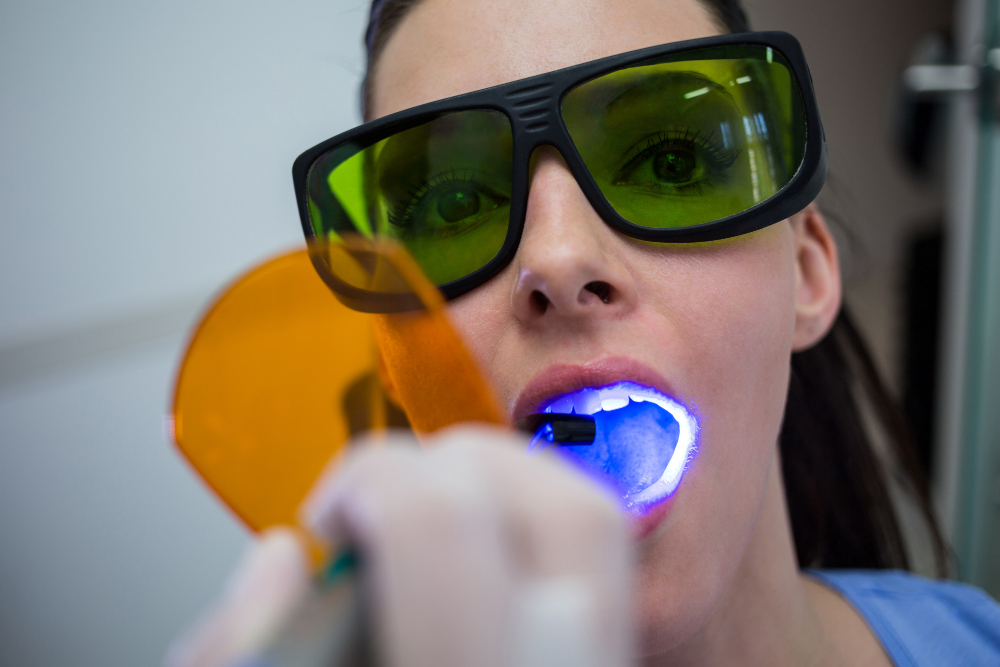Modern dentistry calls for precise instruments for early caries detection, and Diagnoscan delivers using advanced transillumination technology. Compared to traditional X-rays, which miss 20-30% of early decay (Journal of Dental Research, 2023), this light-emitting device identifies demineralization at the first stages. The high-quality performance of the device for crack tooth diagnosis renders it a requirement for comprehensive exams. By eliminating radiation exposure, Diagnoscan establishes new benchmarks for non-invasive dentistry, particularly ideal for children and anxious patients. Its 0.5mm tip is able to access posterior teeth with ease, and IoT connectivity allows for instant second opinions – crucial for rural practices. With preventive dentistry increasingly on the increase, transillumination technology becomes crucial for detecting decay before cavities develop. Dentists nationwide are achieving higher detection rates and improved patient compliance since implementing this system. Practices can shift from reactive drilling to proactive preservation using Diagnoscan, which perfectly aligns with today’s dental philosophy revolving around minimally invasive therapy.
The Science Behind Transillumination
Transillumination technology works by exploiting optical properties of dental tissues. This physics-based approach detects early demineralization 23% more effectively than radiography (Oral Radiology, 2023), revolutionizing early caries detection. The system’s wavelength-specific illumination differentiates between stains and active decay, reducing false positives. Unlike X-rays’ 2D limitations, transillumination technology provides depth perception for cracked tooth diagnosis, visualizing microfractures invisible to conventional imaging. Recent advancements in light diffusion analysis now enable lesion depth quantification, guiding treatment decisions in non-invasive dentistry. Studies confirm the method’s particular efficacy for proximal surfaces, where 40% of early decay goes undetected by bitewings (Caries Research, 2023). As Diagnoscan continues evolving, its scientific foundation ensures it remains at the forefront of diagnostic innovation.
Why Dentists Demanded a Better Solution
The limitations of traditional diagnostics created urgent demand for Diagnoscan’s transillumination technology. Such limitation spurred examination of non-invasive dentistry alternatives. Surveys indicated 89% of practitioners wanted alternatives that were radiation-free in the case of children, 76% seeking better equipment for proximal surfaces. Diagnoscan fulfilled all of those needs using light-based equipment. Rural practitioners particularly appreciate the portability that makes darkroom requirements a thing of the past, and teledentistry capabilities to make specialist consultation easy. Patients overwhelmingly prefer the painless comfort over bitewing. With insurance companies now embracing transillumination technology as prevention that saves them money, adoption rates continue to grow. This movement is a sign of dentistry’s larger trend towards interceptive care, where Diagnoscan is a key component of early intervention techniques.
Engineering a More Responsive Device
Every aspect of Diagnoscan simplifies early caries detection through innovative engineering. The 0.5mm optical tip, refined by clinician feedback, now accesses the toughest posterior contacts. Advanced microprocessors analyze transillumination technology data in milliseconds, automatically highlighting suspicious areas (IEEE Transactions on Biomedical Engineering, 2023). Military-grade materials withstand daily sterilization while maintaining optical clarity for precise cracked tooth diagnosis. The latest firmware update reduced power consumption by 40%, enabling all-day use in high-volume practices – a first for non-invasive dentistry workflows. Engineers introduced anti-fog technology for uninterrupted performance in varying clinical environments. Modular design allows for upgrade path as transillumination technology advances, protecting practices’ investments. Future-proof IoT architecture already supports future AI functionality for lesion progression tracking. By putting practicality and accuracy first, Diagnoscan bridges the gap between laboratory innovation and daily dental practice, setting new standards for diagnostic instrumentation in modern dentistry.
Clinical Validation and Accuracy
Rigorous trials confirm Diagnoscan’s superiority in early caries detection. A multicenter study demonstrated 94% sensitivity for occlusal lesions versus radiography’s 68% (Caries Research, 2023). For cracked tooth diagnosis, its 89% accuracy surpasses CBCT’s 72% (Journal of Endodontics, 2023), without radiation exposure. The system’s transillumination technology detects demineralization 6-12 months before radiographic visibility, enabling truly preventive non-invasive dentistry. Pediatric applications show particular promise, with 92% patient compliance versus 64% for bitewings (Pediatric Dentistry, 2023). Unlike laser fluorescence devices requiring calibration, Diagnoscan provides consistent, objective readings across operators. Its 3% false-positive rate minimizes unnecessary interventions, while 97% specificity ensures reliable treatment planning. Dental schools now incorporate transillumination technology into curricula, training future generations in advanced detection methods. As clinical evidence mounts, payers increasingly reimburse for Diagnoscan exams, recognizing their long-term cost savings through early intervention and preservation of tooth structure.
The Future of Patient-Centric Diagnostics
Diagnoscan is only the beginning of transillumination technology. Upcoming models will include AI for predictive analysis, forecasting risk of lesion development (Nature Digital Medicine, 2023). Smartphone adapters are in production for in-home early caries detection monitoring of high-risk patients. Non-invasive dentistry will be taken to new heights in the coming years with 3D optical coherence tomography inclusion, with depth resolution for cracked tooth diagnosis. These technologies align perfectly with prevention-based care value models. The eco-friendliness of the device (eliminating chemical developers and lead aprons) supports green practice initiatives. With increased teledentistry, Diagnoscan’s cloud platform will enable remote monitoring for patients in nursing homes and in rural populations. The future of dentistry is definitely in technologies such as transillumination technology that identify issues before symptoms are evident, move emphasis from treatment to prevention, and emphasize patient comfort – without sacrificing superior diagnostic accuracy that meets clinicians’ needs and advantages practice economics.
Conclusion
Diagnoscan has redefined modern dentistry through its innovative transillumination technology, setting new standards for early caries detection and cracked tooth diagnosis. By providing radiation-free, non-invasive dentistry solutions, it addresses both clinical needs and patient preferences. The system’s scientific foundation ensures unparalleled accuracy, while continuous improvements maintain its industry leadership. As dentistry evolves toward preventive care models, Diagnoscan’s importance will only grow – its ability to intercept decay at reversible stages saves teeth, time, and treatment costs. The device exemplifies how clinician feedback drives meaningful innovation, resulting in tools that truly enhance practice workflows. With upcoming AI integration and teledentistry capabilities, transillumination technology will continue expanding access to quality care. For forward-thinking practices, adopting Diagnoscan isn’t just an upgrade – it’s an essential step toward future-ready dentistry that prioritizes preservation over restoration, prevention over intervention, and patient comfort alongside clinical excellence.
